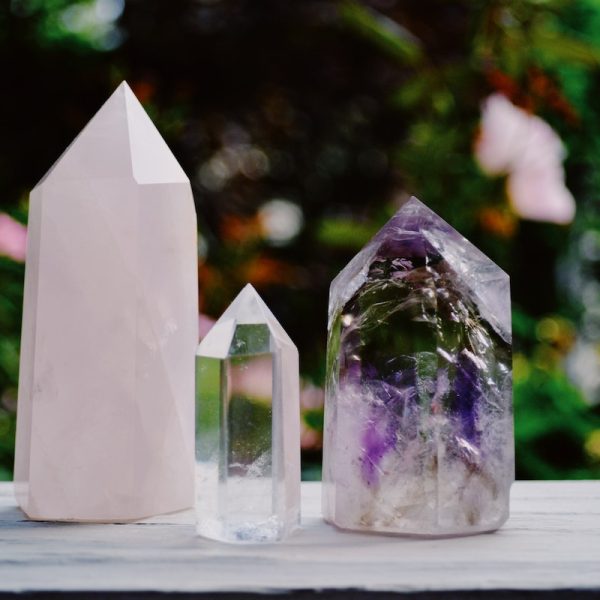Not all fabrics are made equal. Have you ever noticed how some pieces of clothing or bedspread or blanket cost more than others like it? Aside from brand, quality, and size, the type of fabric used also plays a part of it. Fabrics that are more difficult to obtain are more expensive than fabrics that can be easily mass-produced in factories. So, what are the most expensive fabrics in the world? Let’s take a look.
Vicuña Wool
Move over, Cashmere, but the most expensive fabric in the world is a different type of wool: the Vicuña wool. Named after the town of Vicuña in Chile, vicuñas are relatives of camels, llamas, alpacas, and guanacos. However, one 2001 study found that vicuñas are the wild ancestors of the domesticated alpaca, which were bred to produce a thicker coat to make more wool.
This is why alpaca wool isn’t as expensive as vicuña wool. Vicuñas produce a thin and extremely fine coat which can only be shorn every three years. And a vicuña can only be sheared five times in their life. When their coat is made into wool, the result is extremely soft, warm, and luxurious wool that other types of wool cannot compare to.
Aside from the fact that one vicuña can only produce small amounts of wool every three years, there’s also the number of vicuñas that exist. During the time of the Inca Empire, it was illegal for anyone but royalty to wear vicuña wool, and there were laws in place to protect vicuñas. After the empire ended, vicuñas were a free-for-all, which led to many poachers and hunters killing vicuñas for sport or for their wool. While vicuñas are considered a low priority in wildlife conservation today, by the ’70s, there were only around 6,000 vicuñas left and were declared endangered. It has recovered in the last 4 decades as there are now at least 350,000 vicuñas in Chile and Peru. Vicuñas have since become Peru’s national animal.
Because of the rarity of vicuña wool, a yard of knitted vicuña wool can range between $1,800 to $3,000 per yard. And given the typical amount of fabric needed to make certain pieces of clothing, it’s not surprising that you’ll have to shell out $21,000 for a vicuña jacket. In fact, Italian luxury clothing company Loro Piana have actively ensured the survival of their own herd of vicuñas in Argentina to ensure they can keep selling items made with vicuña wool. One of their vicuña sweaters, the Collo Alto, cost €8,500 (around US $9,600 as of writing).
Guanaco Wool
A relative of the vicuña and the wilder ancestor of the llama, guanacos are also known for their expensive pelt. Their regular pelts are akin to top quality cashmere, while young guanaco pelts look and feel similar to those of red foxes. Like llamas, guanacos have a coarse outer hair and a soft undercoat.
Like the vicuña, guanacos are not endangered, but they were once over-hunted to the point of endangerment. There are around 500,000 guanacos scattered across South America, but guanaco fur collection is highly regulated by the Convention on International Trade of Endangered Species (CITES). They cannot be captured and sheared, and must be captured, sheared, and released back into the wild. If you’re buying something made with guanaco wool and you don’t receive an accompanying certificate, then it’s highly likely that that guanaco wool was collected illegally via unsustainable methods.
Those who have purchased guanaco wool products attest to its smooth, warm, and buttery feel just second only to vicuña wool. Here’s a guanaco shawl that costs $1,790, to get an idea of just how expensive it can go. Guanaco wool is the perfect for jackets, suits, blazers, and other toppers.
Mulberry Silk
Mulberry silk is the highest quality silk you can buy. While silk can be created using different kinds of insects like bees, beetles, flies, and silverfish, mulberry silk is the most expensive because of how particular this process is. While mulberry silk can trace its roots back to China, it can be made anywhere in the world today under the right conditions.
First, domesticated silkworms kept in captivity in silk farms are fed nothing but leaves from mulberry trees from the moment they hatch. Once they’re ready, they crawl to the nearest branch to weave their cocoons. These cocoons are then placed in hot water, unraveled into a single strand of white silk, and weaved into mulberry silk. Because they are domesticated and only eat mulberry leaves, the silk produced is extremely fine.
The resulting silk is fine, light, and smooth. Mulberry silk also contains sericin, which makes it hypoallergenic by reducing allergic reactions to those who come into contact with it. Like other silk products, it can be used for sleepwear, pillows, beddings, duvets, and other silk products. However, mulberry silk is much more expensive. Manito, a luxury silk bedding brand based in North America, sell silk robes at $415 and bed sheet sets as high as $1,395.
Leopard Fur

Leopard fur may be commonplace nowadays, but genuine articles of clothing made with leopard fur are the real deal. It’s not just because leopards are considered vulnerable in conservation and are now protected by CITES as well, but because the only genuine leopard fur items that legally exist in the market were made prior to 1947. This makes legal genuine leopard products extremely rare, and therefore very expensive. Other leopard-print clothes and fabric items are only an imitation, thus aren’t as expensive.
Because of the cost of these fabrics, it’s no surprise that not many people are wearing them or using these fabrics for everyday hobbies like needlepoint and cross stitch or while learning how to sew. So, if you ever see these items on sale, here’s the reason why they’re more expensive than your average textiles.




